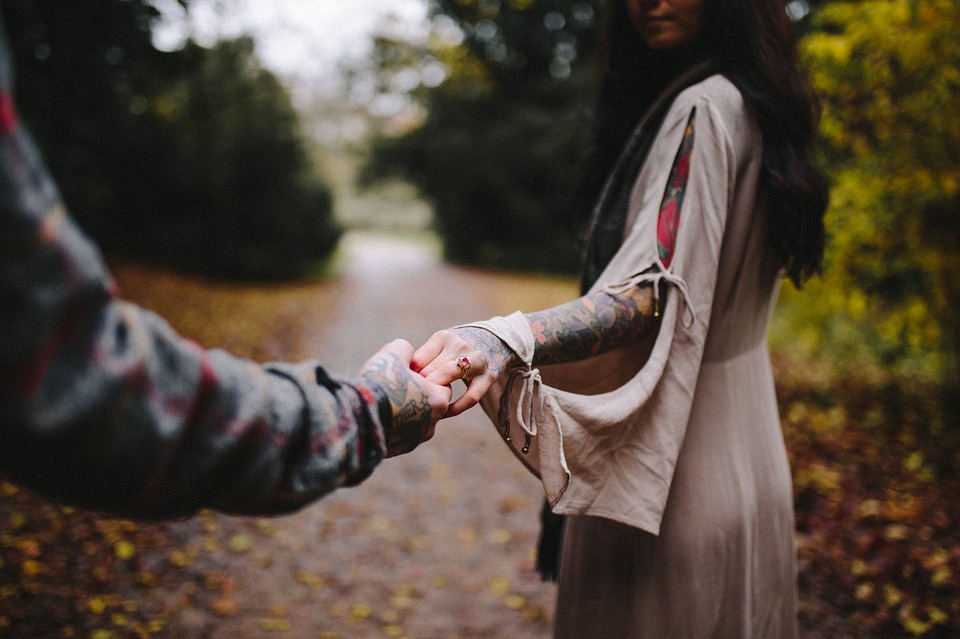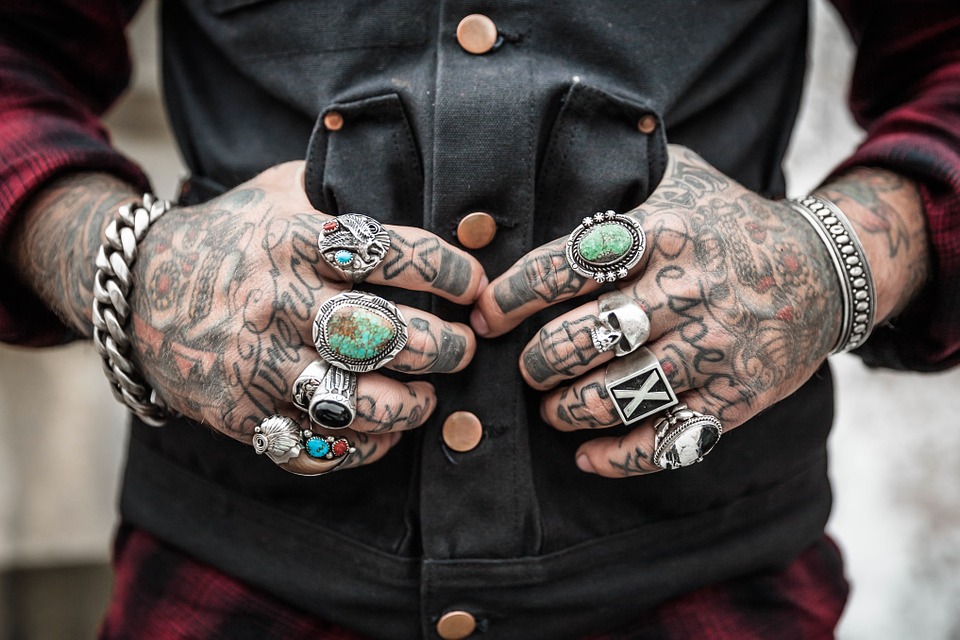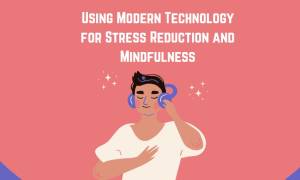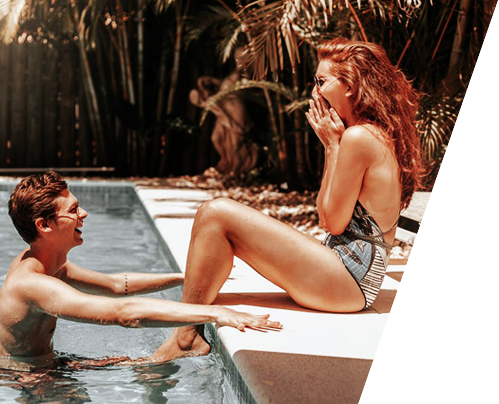In 1993, The New York Times published an article called Marked Women, Unmarked Men written by Dr. Deborah Tannen.
Consider, for a minute, her definition of what it means to mark something:
“The term ‘marked’ is a staple of linguistic theory. It refers to the way language alters the base meaning of a word by adding a linguistic particle that has no meaning on its own.
The unmarked tense of verbs in English is the present — for example, visit. To indicate the past, you mark the verb by adding ed to yield visited. For future, you add a word: will visit. Nouns are presumed to be singular until marked for plural, typically by adding s or es, so visit becomes visits and dish become dishes.”
Great. So, why are we talking about linguistics?
Because in that same article, Tannen goes on to explain how the decisions we make, from the way we write our name to the clothes we put on every day, are used to mark us. We all silently assume things about each other every minute of every day, based on how we chose to mark ourselves.

Image Courtesy: Pixabay (www.pixabay.com)
Everything you wear (or don’t wear) is a marker loaded with assumptions, for better or for worse.
Before I was visibly tattooed, I was just another Plain Jane in a small town full of Plain Janes. Even when I got my first couple of small tattoos, I made sure to place them where they’d be hidden most of the time. That’s just what everyone always said was the safest thing to do.
Did I want to be able to keep a job, right?
I thought like this when it came to most of my other fashion choices as well. Everything about my clothes and my skin read “people pleaser.”
Eventually, I realized my plain appearance created a lot of conflict for me in my day to day life. My body language, behavior, voice and vocabulary definitely did not take into account the reserved, feminine expectations my outward appearance set for other people when they looked at me. I wasn’t very intentional about my first impressions, and my true personality shocked people most of the time.
Then I started working at a community organization downtown with no dress code, which prioritized the quality of my work and my dependability much more than my appearance. The HR Manager at the office had blue hair and winged her eyeliner halfway to her ears every day.
Our male CFO rocked shoulder length hair, a pentagram tattoo on one forearm, the text from a Harry Potter character’s wand tattooed down the other forearm, and a rotating supply of Metallica T-shirts. My mind was blown. I decided immediately I never wanted to work a strict, corporate job again. The day after I was hired, I set my first appointment for a 3/4 tattoo sleeve that I’ve always wanted.
For better or for worse, I am not a Plain Jane anymore. I couldn’t be even if I wanted to.

Image Courtesy: Pixabay (www.pixabay.com)
To be tattooed silently implies I not only tolerate pain well, but I am not afraid to actively seek out pain in the name of artistic expression. It’s apparent within seconds of meeting me that physical pain does not intimidate me in the slightest.
Being tattooed implies I am open-minded enough and loyal enough to commit myself to an image for the rest of my life.
Tattoos unfortunately and inevitably encourage conflict when interacting with those who: A) carry very staunch, traditional values, and B) believe it is their business to force their traditional values on the strangers around them.
But the fact that I knowingly and deliberately got tattooed on visible parts of myself implies I am prepared for that conflict. It is apparent to most strangers that social conflict doesn’t really scare me either.

Image Courtesy: Pixabay (www.pixabay.com)
Tattoos mark me as a woman who prioritizes herself, her choices, and her own pursuit of happiness over the expectations of others. Tattoos immediately send the message that paying hundreds of dollars to let a stranger stab me with a motorized needle for several hours at a time is no big deal, and is in fact what I choose to do for fun. One can, therefore, assume I have probably also handled some similarly agonizing, real-life sh*t without breaking a sweat.
These tattoos are forever on my skin, and therefore I am forever labeled tough as nails, an embracer of pain, and an experienced handler of conflict. I wouldn’t have it any other way.
Please Share With Your Friends and Family!
Featured Image Courtesy: Pixabay (www.pixabay.com)
Note: Peace Quarters is an open platform for contributors to share their thoughts, experiences, and wisdom. If you’d wish to contribute sign up to our expert’s program here!














